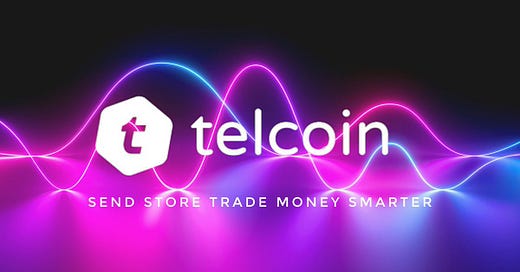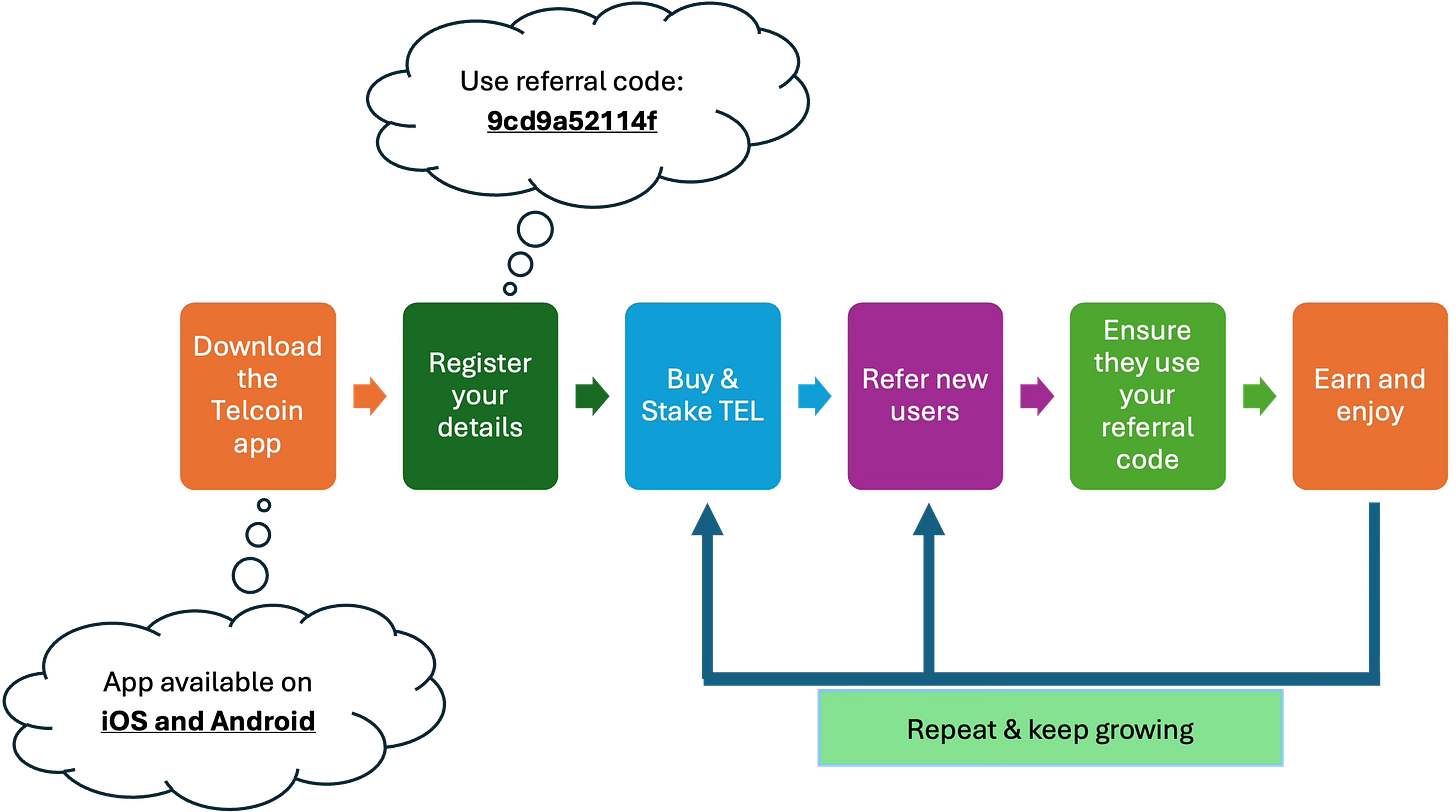Key Takeaways from the CEO: A Story of Telcoin’s Bold New Chapter
Paul Neuner, CEO and founder of Telcoin, recently joined the Smart Economy Podcast for a conversation that was anything but ordinary. What began as a reflection on Telcoin’s journey soon unfolded into a roadmap for the future of digital banking — one rooted in innovation, regulation, and global inclusion.
Telcoin’s story doesn’t begin in Silicon Valley but in telecoms and fraud prevention, where Paul first saw the potential of distributed ledger technology. Now, the company he leads is launching Nebraska’s first-ever digital asset bank — a pioneering step that signals just how serious Telcoin is about bringing blockchain to the mainstream.
“We were recently granted approval to open Nebraska’s first digital asset bank,” Neuner explained, his tone both proud and practical.
This isn’t just about a charter. It’s about rethinking what money is in the digital age. Telcoin’s next move? A US bank account that’s directly connected to a natively minted digital dollar — eUSD — that users control themselves. It’s the first of its kind, and it sets the tone for a new financial landscape.
“We plan to be the first to attach a US bank account number natively to a natively minted digital dollar that’s self-custodied.”
And access? That’s being reimagined too. Telcoin plans to turn every ATM in America into a crypto ATM, making digital cash just as easy to withdraw as traditional dollars.
But Neuner doesn’t want to call it a “stablecoin.” That word, he argues, misses the point. eUSD isn’t pegged to value — it is value. Backed one-to-one by cash and equivalents, and issued under strict regulatory oversight, eUSD is “digital cash” in the truest sense.
“We believe this is enabling the digital equivalent of handing the merchant a $20 bill.”
Telcoin’s ambitions don’t stop at American borders. The team is working toward a future where three billion people — especially in underserved and developing regions — can open an account and access their local digital currency seamlessly.
“That’s kind of our north star,” Neuner shared, referencing the company’s goal for global reach.
To ensure real-world usability from the start, users will soon be able to spend eUSD using Telcoin-issued Visa cards, bridging digital assets with physical purchases.
“the first step is obviously we'll issue Visa cards that pull from your balance. That's straightforward. The merchant doesn't have to have ever heard of Stablecoins or crypto, and that would clear through the normal system”
…The second phase is when these stripes of the world start to effectively accept that for a digital cash card or balance. In other words, bypassing Visa/MasterCard and facilitating, instead of like right now when you tap, you're signing an IOU agreement between you and the merchant that then sets the stage to facilitate this ledger balance transfer from your bank to the merchant's bank effectively.”
However, the long-term plan is even more disruptive: a payment infrastructure that cuts out traditional intermediaries like Visa and Mastercard altogether.
In this new model, even loyalty programs get an upgrade. Imagine a merchant offering you 5% back in eUSD for your next visit — and if you don’t use it, it goes right back to them.
“Much better for the merchant... Much better for the consumer.”
Crucially, Telcoin’s regulated bank status is opening doors with global telecoms, which have long been wary of crypto but are now eager to collaborate with a licensed institution.
“It’s been enormous for our ability to convince them.”
And while the technical innovation is impressive, Telcoin’s quiet but consistent role in U.S. legislative efforts might be its most impactful work yet. As two major stablecoin bills make their way through Congress, Telcoin has been at the table, ensuring state-chartered banks like theirs are part of the national conversation.
“Both [bills] do accommodate what we’re doing and are maintaining that state option.”
As the episode drew to a close, Neuner’s vision for Telcoin became crystal clear. This isn’t just about surviving the next market cycle — it’s about building the infrastructure for a new global economy, one user, one payment, one digital dollar at a time.
Disclaimer:
These notes are a summarized account prepared by a community member and do not constitute the official summary of the interview recording. They are intended for information only and may not capture all discussions. You may watch the interview below.





